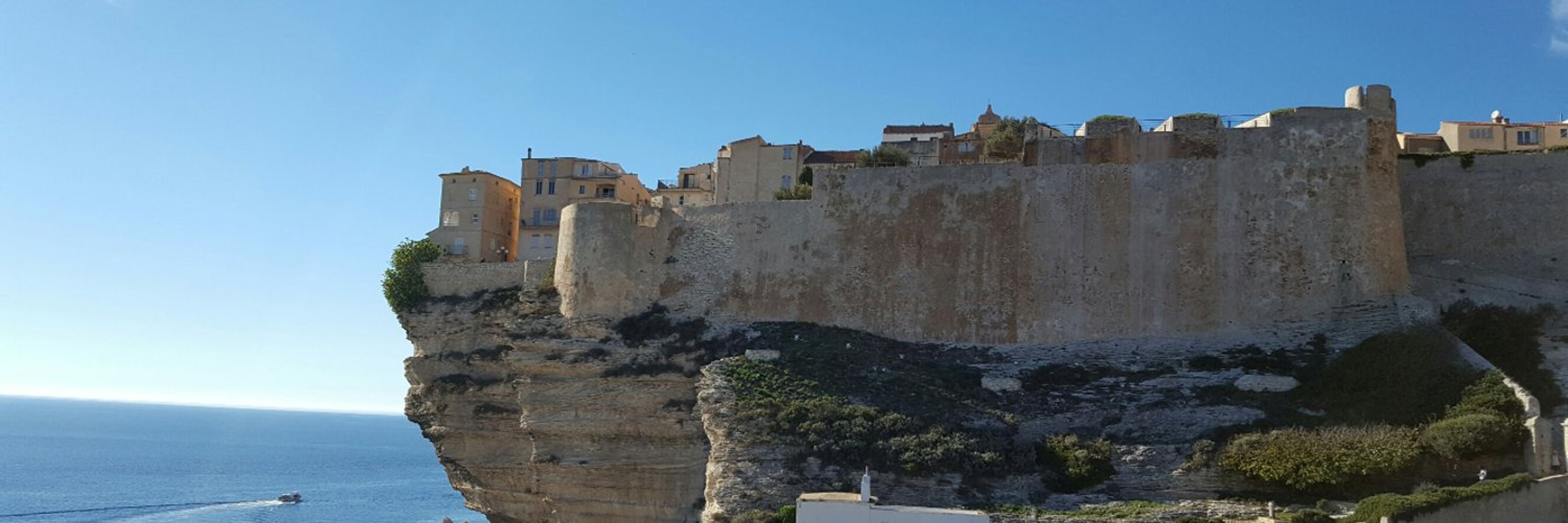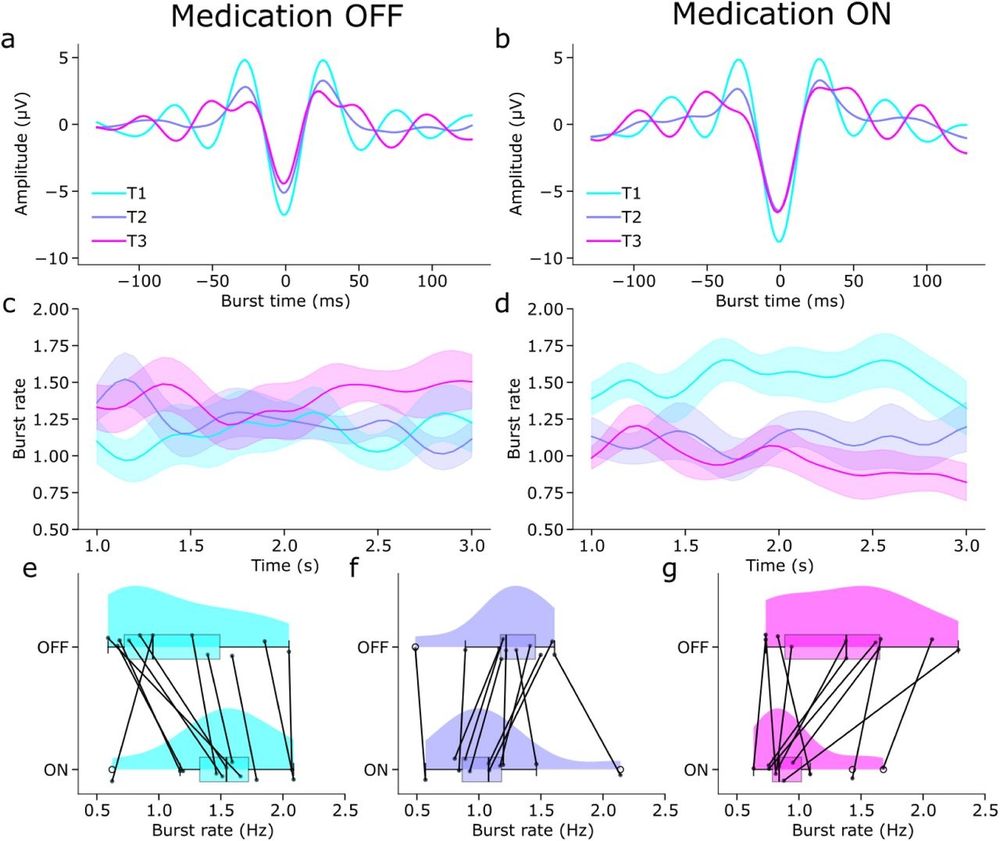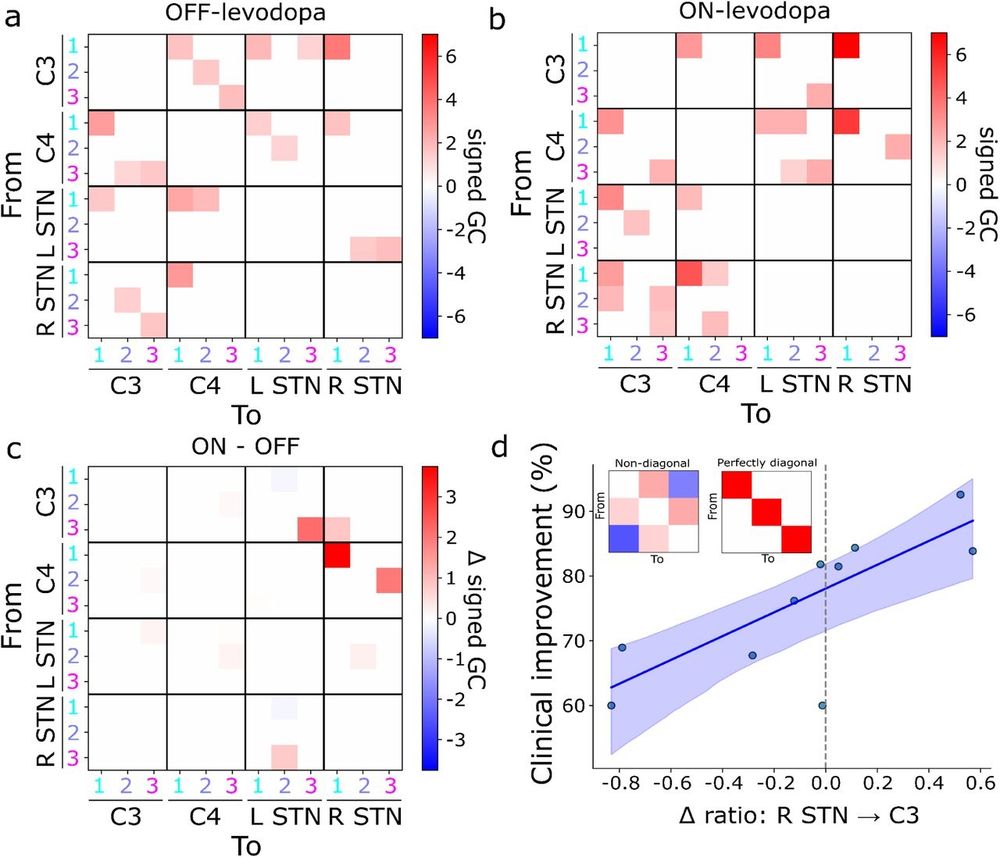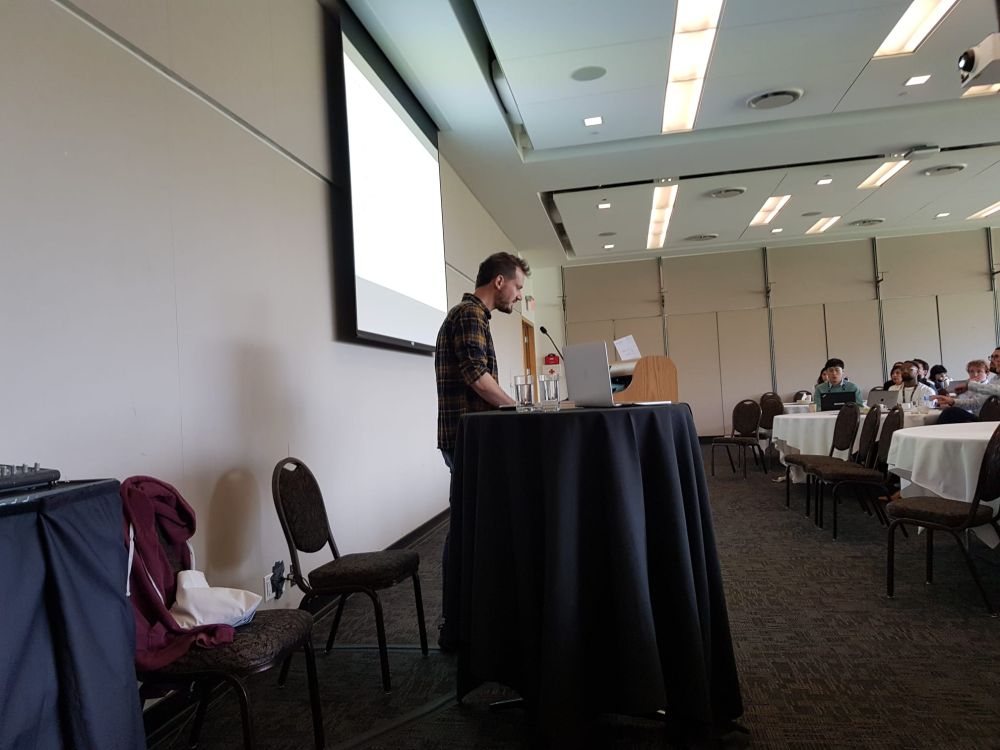Marie-Constance Corsi
@mconstancecorsi.bsky.social
310 followers
290 following
33 posts
Research scientist @nerv-lab.bsky.social
@institutducerveau.bsky.social @inria_paris @Inserm @CNRS
Brain-Computer Interfaces, Functional connectivity, Medical instrumentation
Webpage: marieconstance-corsi.netlify.app
Posts
Media
Videos
Starter Packs
Reposted by Marie-Constance Corsi
Reposted by Marie-Constance Corsi
Reposted by Marie-Constance Corsi
Reposted by Marie-Constance Corsi
Jordy Thielen
@jordy-thielen.bsky.social
· Aug 28
Addressing BCI inefficiency in c-VEP-based BCIs: A comprehensive study of neurophysiological predictors, binary stimulus sequences, and user comfort - IOPscience
Addressing BCI inefficiency in c-VEP-based BCIs: A comprehensive study of neurophysiological predictors, binary stimulus sequences, and user comfort, Thielen, Jordy
doi.org
Reposted by Marie-Constance Corsi
Reposted by Marie-Constance Corsi
Reposted by Marie-Constance Corsi
CuttingEEG
@cuttingeeg.bsky.social
· Jun 27
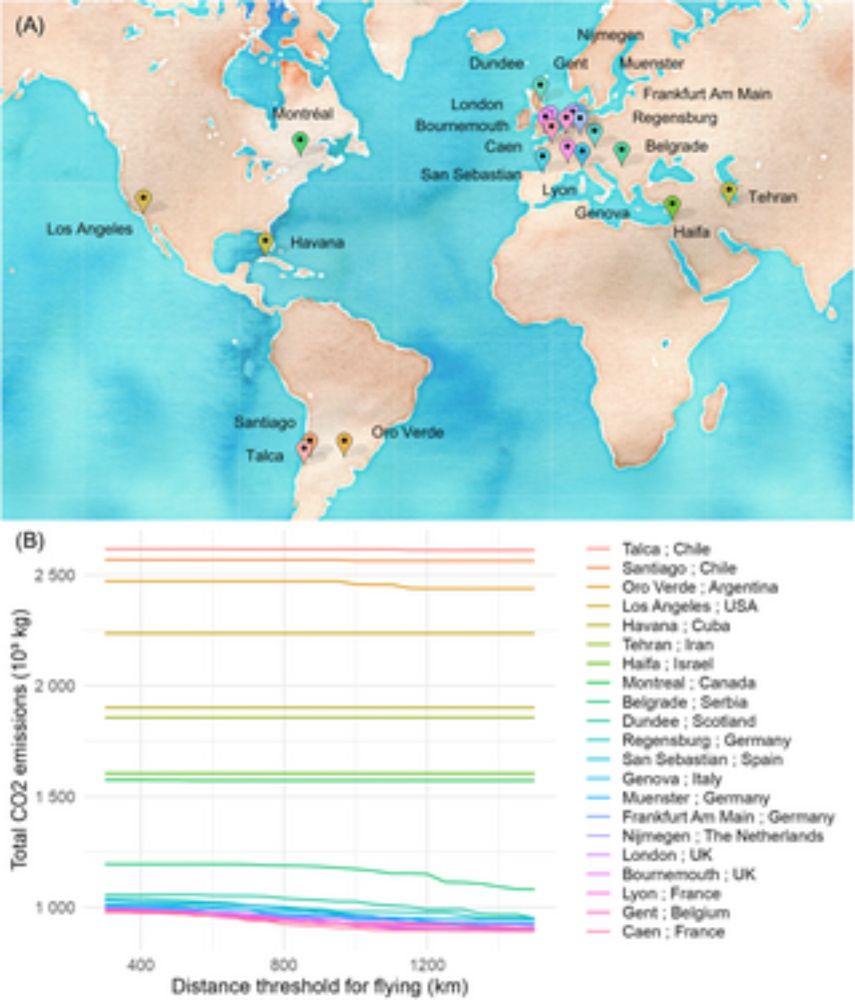
Doing conferences differently: A decentralised multi-hub approach for ecological and social sustainability
Author summary Conferences are very important for career progression but at the same time they create negative ecological and social impact. For example, flying to a traditional in-person conference c...
journals.plos.org
Reposted by Marie-Constance Corsi
Arthur Desbois
@arthurdesbois.bsky.social
· Jun 23
